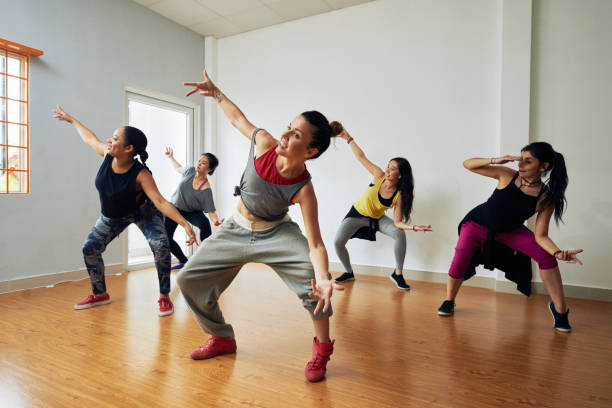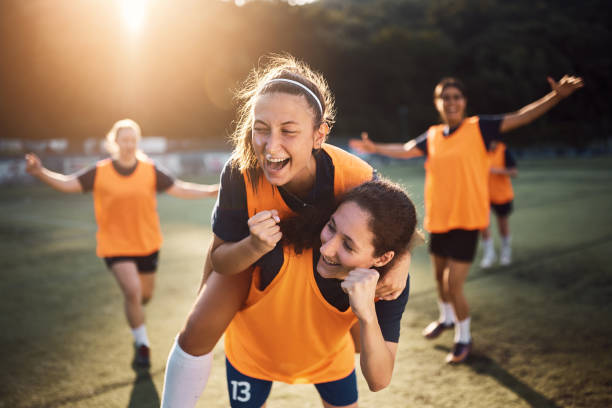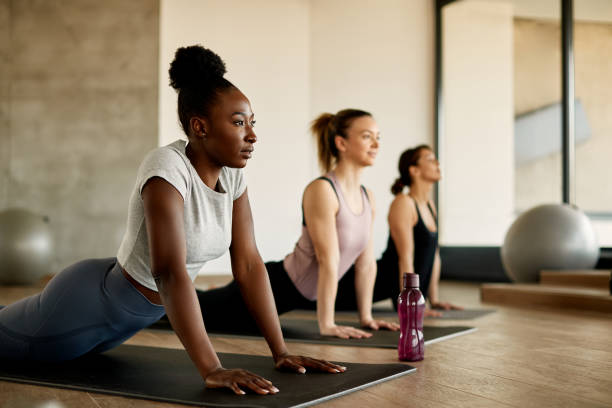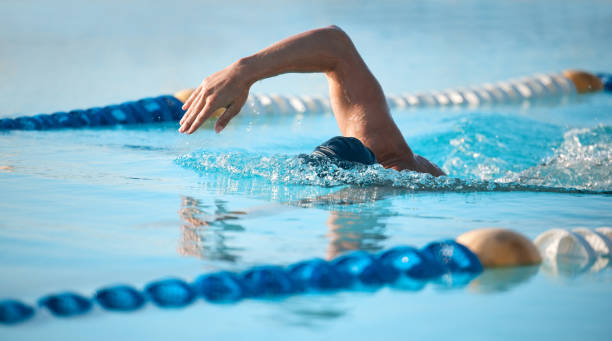Introduction
Physical activity is crucial for the healthy development of kids and teens. Regular exercise not only strengthens muscles and bones but also enhances cardiovascular health, improves mood, boosts cognitive function, and promotes better sleep. However, motivating young people to be active can sometimes be a challenge. The key is to make workouts fun and engaging, turning exercise into a positive and enjoyable experience. Here are the top 10 fun and engaging workouts for kids and teens that will help them stay active and healthy.
1. Dance Workouts

Description and Benefits
Dance workouts are a fantastic way to get kids and teens moving. These workouts combine music with rhythmic movements, making exercise feel more like a dance party than a chore. Dancing improves cardiovascular health, coordination, balance, and flexibility. It also boosts mood and self-esteem by allowing kids to express themselves creatively.
Popular Dance Workout Programs
Popular dance workout programs like Zumba, Just Dance, and Kidz Bop Dance-Along provide structured routines set to fun, high-energy music. These programs often include a variety of dance styles, from hip-hop to salsa, keeping the workouts fresh and exciting.
Tips for Making Dance Workouts Fun and Inclusive
To make dance workouts even more enjoyable, let kids choose their favorite songs and create their own dance routines. Encourage group dances to promote social interaction and teamwork. Also, make sure to create a positive environment where everyone feels comfortable and free to express themselves.
2. Sports and Team Activities

Importance of Team Sports for Physical and Social Development
Team sports are excellent for promoting physical fitness and social skills. They help kids and teens build endurance, strength, and coordination while also teaching important life skills like teamwork, communication, and leadership.
Examples of Popular Sports
Popular team sports include soccer, basketball, volleyball, and baseball. These sports are widely accessible and offer opportunities for kids to join school or community teams, fostering a sense of belonging and camaraderie.
How to Encourage Participation and Teamwork
Encourage kids to try different sports to find one they enjoy. Support their participation by attending games and practices, and provide positive reinforcement. Emphasize the importance of teamwork and having fun over winning. Organize friendly matches with friends and family to make the experience more inclusive and enjoyable.
3. Obstacle Courses
Creating DIY Obstacle Courses at Home or in the Park
Obstacle courses are a great way to combine physical activity with fun and creativity. You can create a DIY obstacle course at home or in a local park using household items like cones, ropes, and hula hoops. Design the course to include a variety of challenges that test different physical skills.
Benefits of Obstacle Courses for Strength, Coordination, and Problem-Solving
Obstacle courses help develop strength, coordination, and problem-solving skills. They require kids to navigate through different physical challenges, promoting agility, balance, and strategic thinking.
Examples of Obstacles and Challenges to Include
Some obstacle ideas include jumping over cones, crawling under ropes, balancing on a beam, hopping through hoops, and climbing over chairs. Change the course regularly to keep it exciting and challenging. You can also add timed elements to encourage friendly competition.
4. Yoga and Mindfulness

Benefits of Yoga for Kids and Teens
Yoga offers numerous benefits for kids and teens, including improved flexibility, strength, and balance. It also promotes mental well-being by teaching mindfulness and relaxation techniques, helping to reduce stress and anxiety.
Introduction to Kid-Friendly Yoga Routines and Poses
Introduce kids to yoga with simple, kid-friendly routines and poses. Many online resources and apps offer yoga sessions designed specifically for children, featuring fun themes and storytelling elements to keep them engaged.
Incorporating Mindfulness and Relaxation Techniques
Alongside physical poses, incorporate mindfulness practices such as deep breathing, guided meditation, and visualization. These techniques can help kids develop a sense of calm and focus, improving their overall mental health.
5. Adventure and Outdoor Activities
Encouraging Exploration and Physical Activity in Nature
Outdoor activities offer a unique way to combine exercise with adventure and exploration. Encourage kids to spend time in nature, which can be both physically stimulating and mentally refreshing.
Examples of Outdoor Activities
Hiking, biking, and nature scavenger hunts are excellent outdoor activities. Hiking trails of varying difficulty can cater to different fitness levels. Biking provides a fun and efficient way to explore larger areas. Nature scavenger hunts add an element of excitement and discovery to outdoor excursions.
Safety Tips and Preparation for Outdoor Adventures
Always prioritize safety by ensuring kids wear appropriate gear, such as helmets for biking and sturdy shoes for hiking. Pack essentials like water, snacks, and a first-aid kit. Teach kids about trail etiquette and wildlife safety. Plan and prepare for outdoor activities by checking weather conditions and route maps.
6. Martial Arts

Benefits of Martial Arts for Discipline, Confidence, and Physical Fitness
Martial arts are great for developing discipline, confidence, and physical fitness. They emphasize respect, self-control, and perseverance while providing a full-body workout that improves strength, flexibility, and endurance.
Overview of Different Martial Arts Disciplines
There are many martial arts disciplines to choose from, including karate, taekwondo, judo, and Brazilian jiu-jitsu. Each discipline has its unique techniques and philosophy, offering something for every interest and fitness level.
Finding Local Classes or Online Tutorials
Look for local martial arts schools or community centers that offer classes for kids and teens. Many instructors also provide online tutorials and virtual classes, making it easier to learn from home. Ensure the classes are taught by qualified instructors who prioritize safety and proper technique.
7. Water-Based Activities

Fun Water Workouts for Kids and Teens
Water-based activities are not only fun but also provide excellent full-body workouts. Swimming, water polo, and aqua aerobics are great ways to stay active while enjoying the water.
Importance of Water Safety and Supervision
Always prioritize water safety by ensuring kids are supervised by a responsible adult. Teach them basic swimming skills and water safety rules. Use appropriate flotation devices for younger children or less confident swimmers.
Incorporating Games and Challenges in the Pool
Make water workouts more engaging by incorporating games and challenges. Organize relay races, play water tag, or set up obstacle courses using pool toys. These activities make exercise feel like play, encouraging kids to stay active longer.
8. Family Fitness Challenges
Creating Family-Based Fitness Challenges and Competitions
Family fitness challenges are a great way to promote physical activity while strengthening family bonds. Create challenges that everyone can participate in, regardless of age or fitness level.
Examples of Challenges
Examples of family fitness challenges include step count contests, weekly fitness goals, or themed workout days. You could challenge each other to see who can do the most push-ups, run the fastest lap around the park, or complete a fun family workout circuit.
Benefits of Exercising as a Family and Fostering a Healthy Lifestyle
Exercising as a family promotes a healthy lifestyle and sets a positive example for kids. It encourages teamwork, communication, and mutual support. Plus, it’s a fun way to spend quality time together and create lasting memories.
9. Video Game Workouts

Utilizing Active Video Games to Promote Physical Activity
Active video games can be a fun way to get kids moving. Games like Nintendo Switch Sports, Dance Dance Revolution, and VR fitness games combine entertainment with physical activity, making exercise feel like play.
Balancing Screen Time with Physical Activity
While active video games can promote physical activity, it’s important to balance screen time with other forms of exercise and outdoor play. Set limits on screen time and encourage kids to participate in a variety of physical activities.
Recommendations for Fun and Engaging Active Video Games
Recommend active video games that are both fun and physically engaging. Look for games that require movement and offer different levels of difficulty to keep kids challenged and motivated. Platforms like Nintendo Switch and PlayStation VR have a variety of options to choose from.
10. Creative Movement and Play
Encouraging Imaginative Play and Movement
Imaginative play encourages kids to move naturally while having fun. Organise activities that require creativity and physical activity, such as dance parties, freeze tag, and scavenger hunts.
Benefits of Unstructured Physical Activity for Creativity and Physical Health
Unstructured physical activity allows kids to use their imagination and develop their creativity. It also helps improve physical health by encouraging spontaneous movement and play, which can be more engaging and enjoyable than structured workouts.
Tips for Integrating Movement into Everyday Play
Encourage kids to incorporate movement into their everyday play. Set up play areas that promote physical activity, like a backyard with a swing set or an indoor space with room to dance. Join in on their games to make playtime more interactive and fun.
Conclusion
Incorporating fun and engaging workouts into kids’ and teens’ routines is essential for their overall health and well-being. By exploring different activities and making exercise enjoyable, parents and caregivers can help young people develop a lifelong love for physical activity. Encourage your kids to try new workouts, stay active, and most importantly, have fun while doing it. Exercise doesn’t have to be a chore, it can be an exciting and rewarding part of their daily lives.




